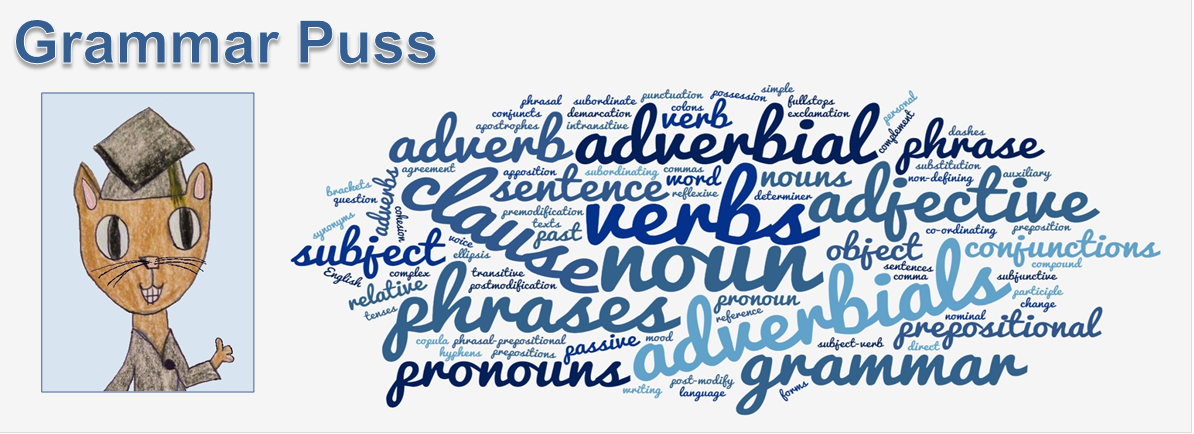The term was used as
an umbrella term for all linking words and phrases, but there was no
distinction placed on how these words and phrases could be used for different
grammatical purposes. The following
explains the different ‘connectives’.
Compound sentences
Use clauses joined by co-ordinating conjunctions – most usually and, but, (and) then, yet, or, nor
eg: Suzie had baked a cake for the occasion but it didn’t rise very well.
The children splashed and shrieked in the pool.
Complex sentences
Use clauses joined by subordinating conjunctions - such as because, so, as, when, until, although, if
eg: The pilot jumped from the cockpit as the plane dived towards the earth.
As soon as he saw his owner, the dog barked.
Connecting adverbs (conjuncts)
Maintain the cohesion of a text in several basic ways
|
|

